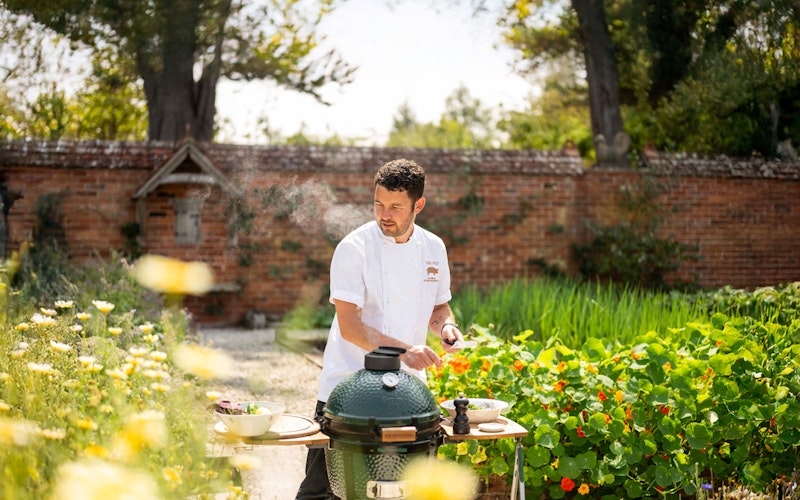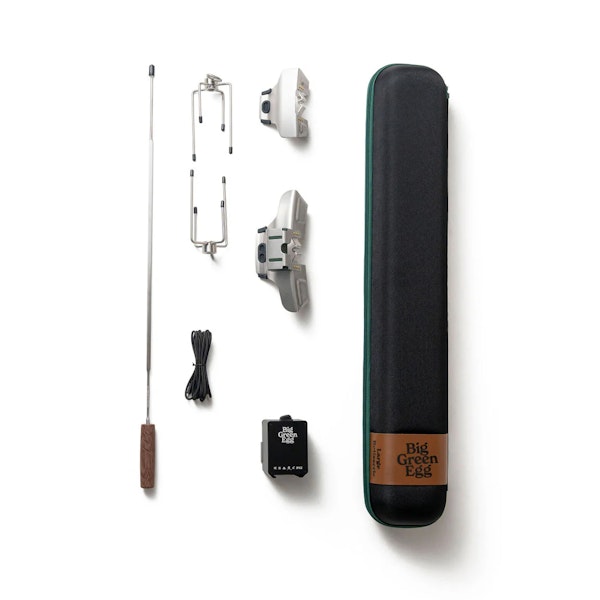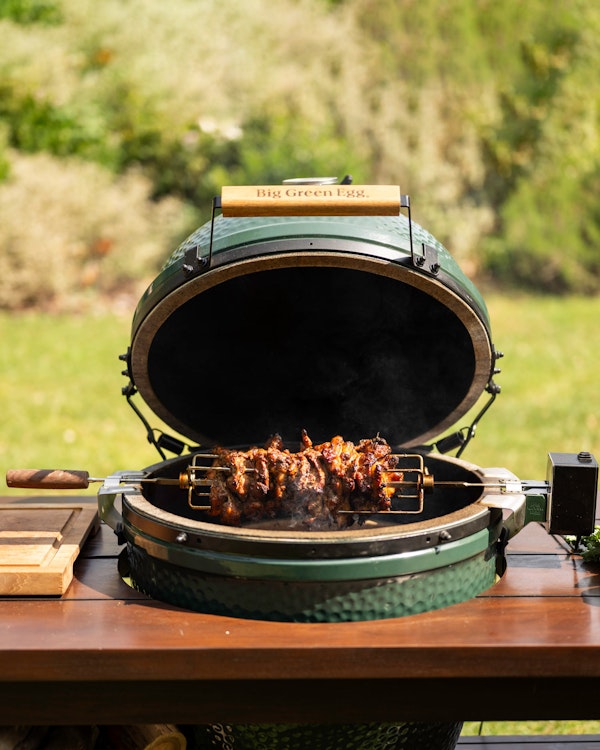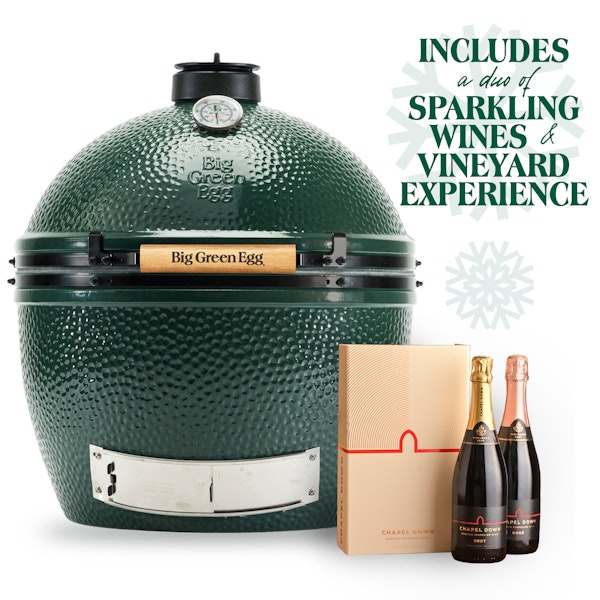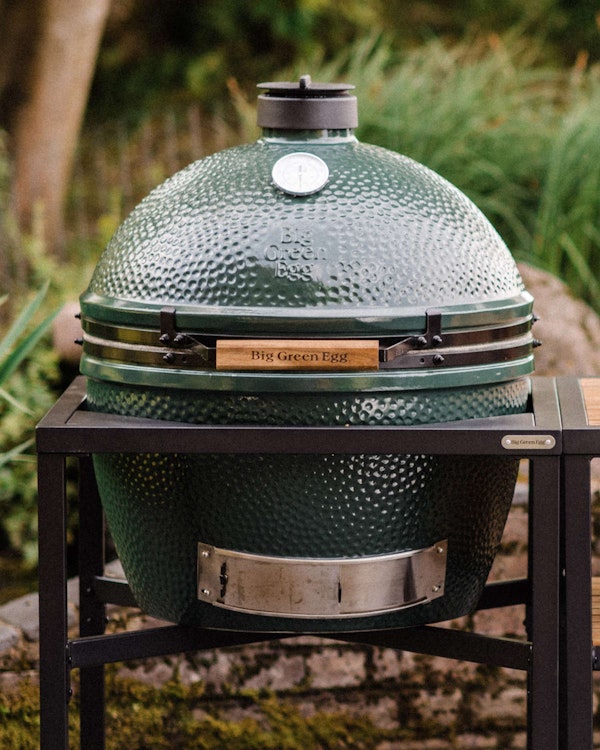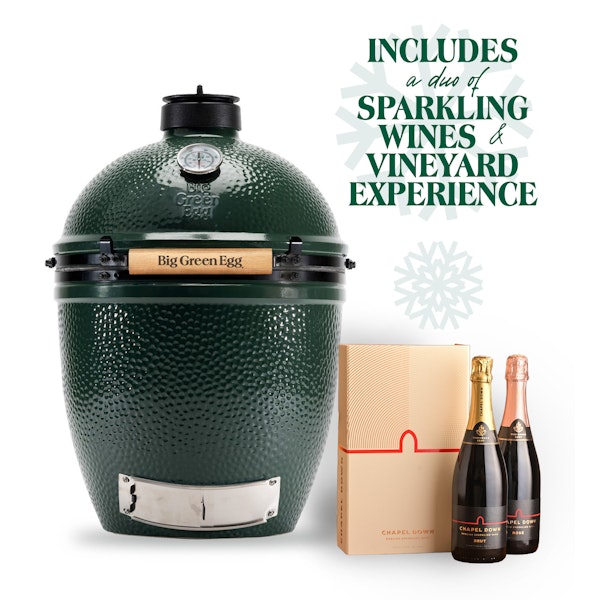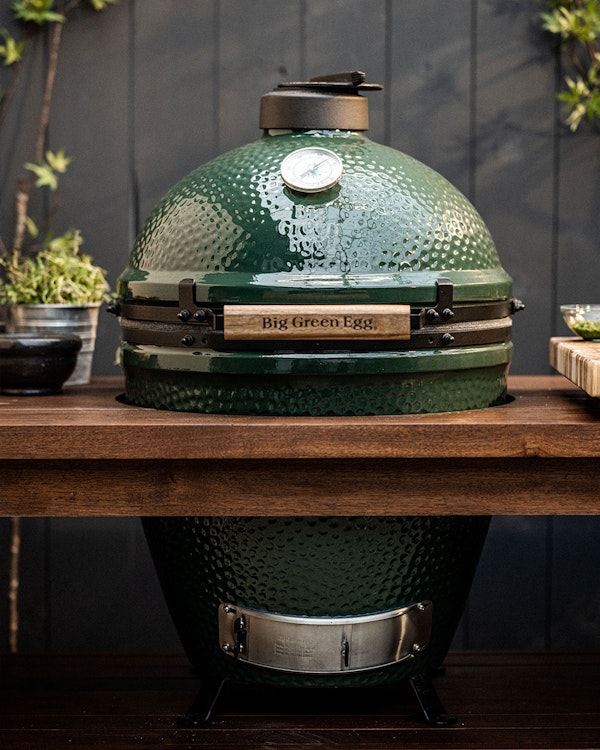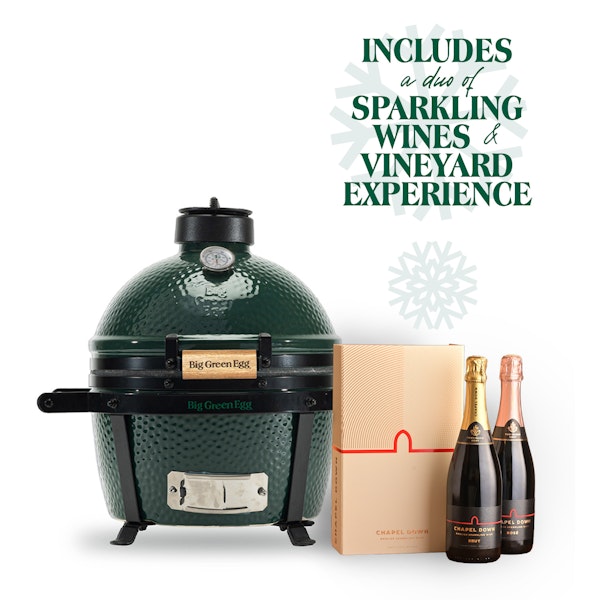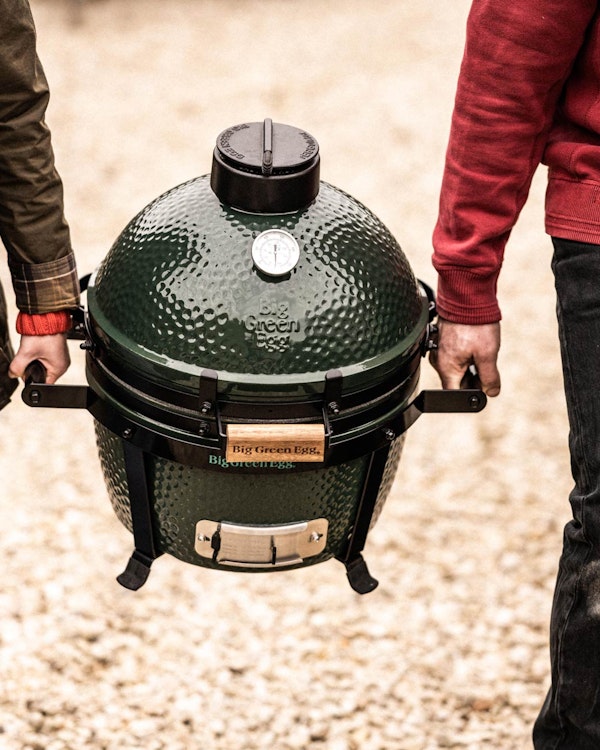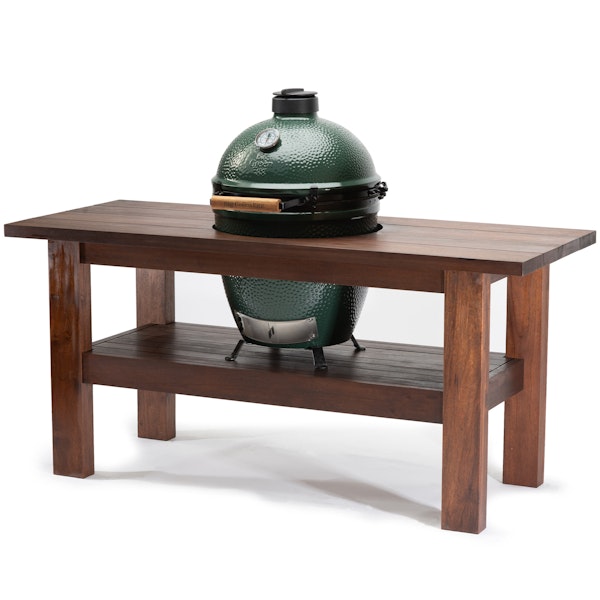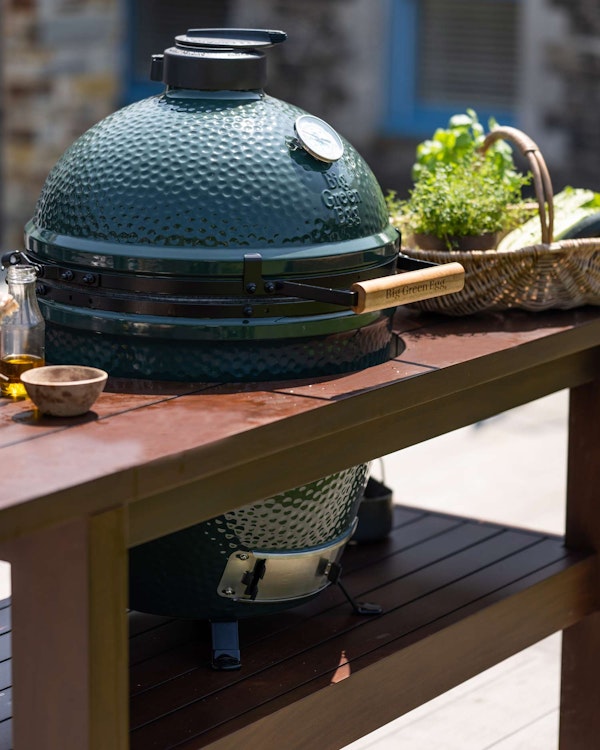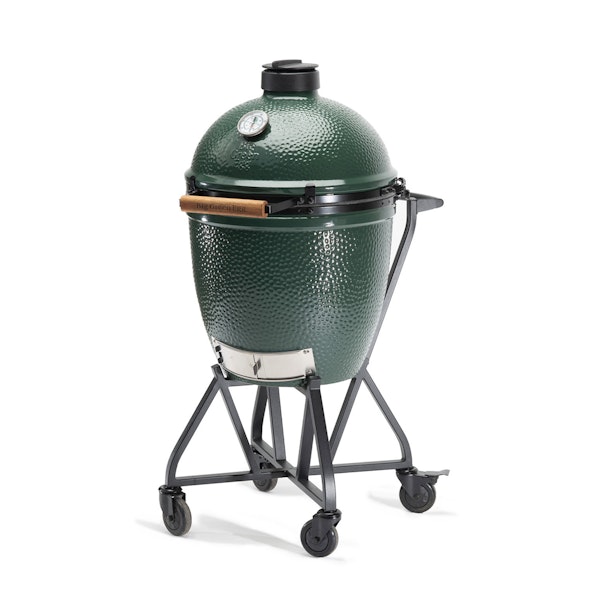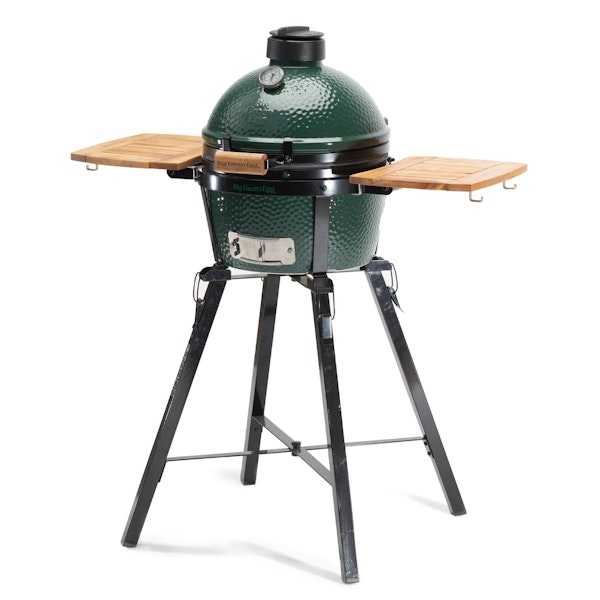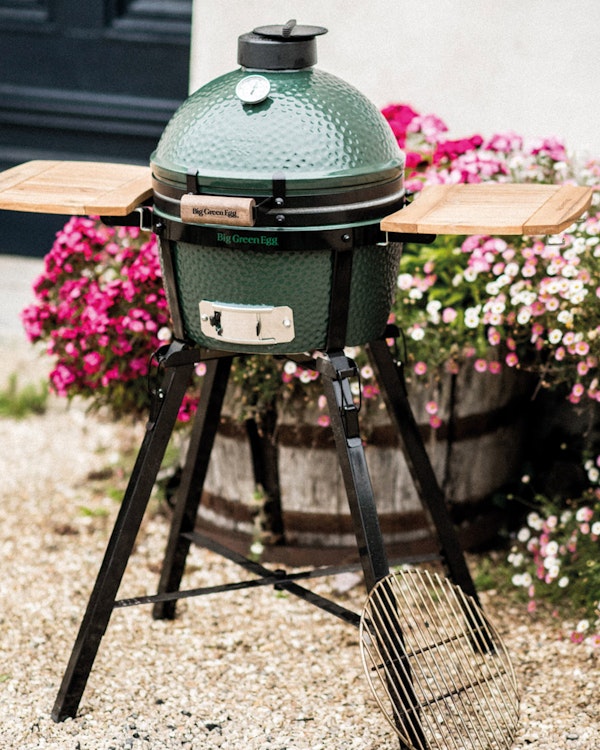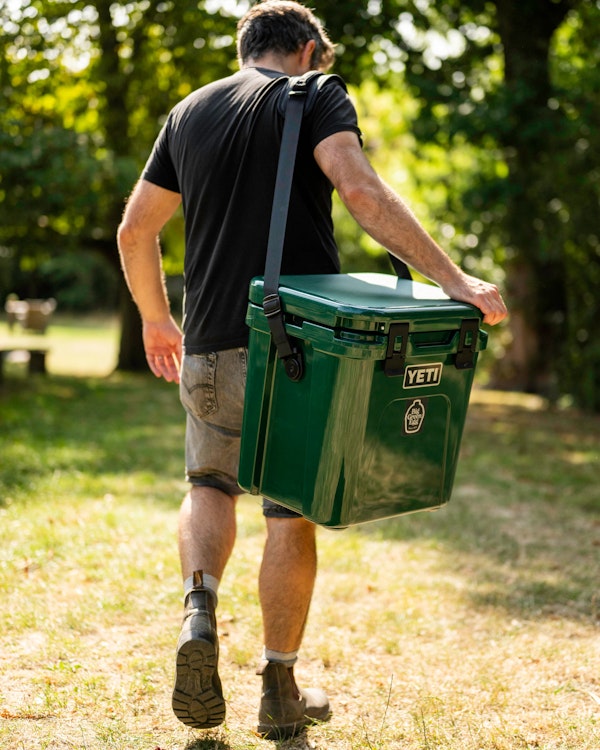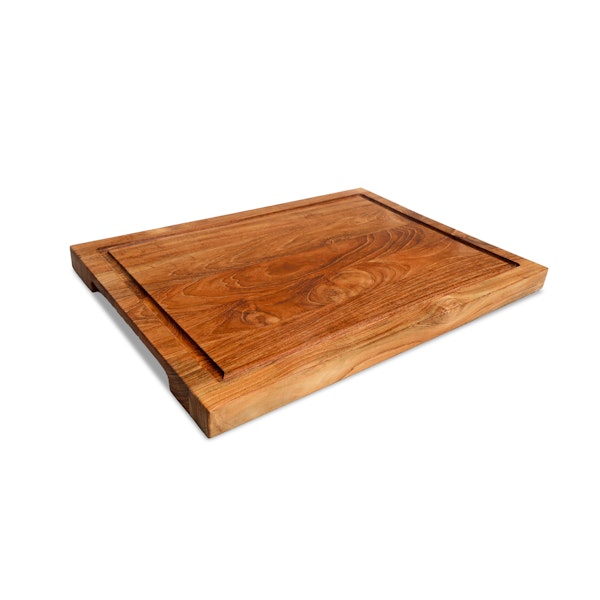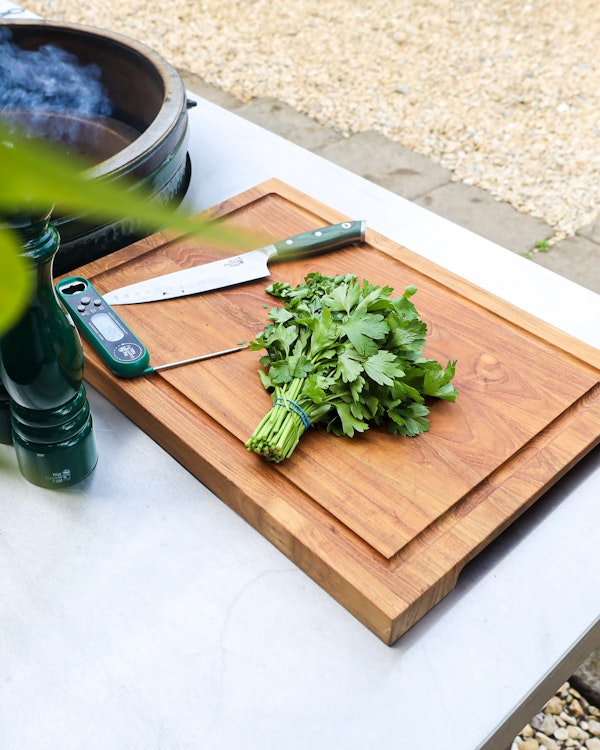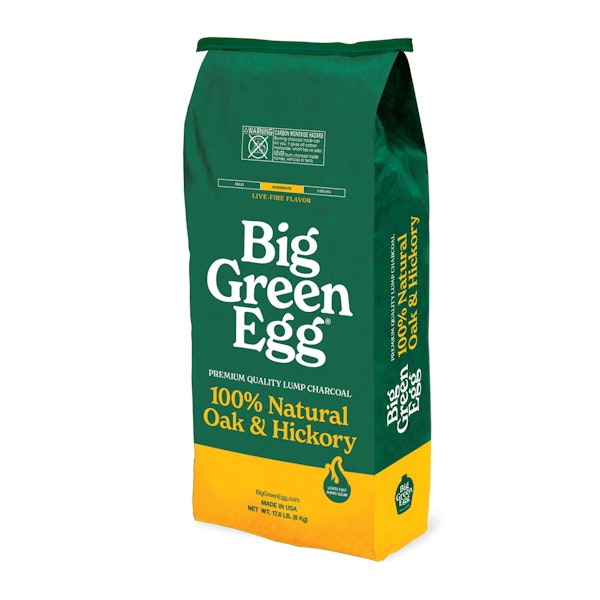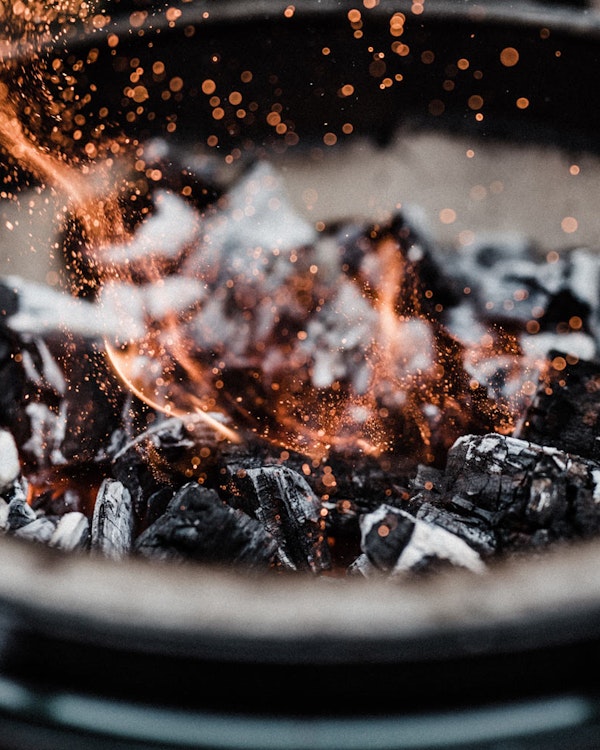Growing up, was food always a big part of your life?
At home, we’d have family meals together – Sunday lunches with grandparents and big family gatherings – and I would help with the cooking, which I really enjoyed. Food was a big part of the family, and family naturally tied back to food. Subconsciously, you understand that food brings family together, brings people together. I remember we used to go to Portugal quite often, because my great-grandfather lived over there. There’s a photo of me and my brother sitting on a counter at this little grilled chicken restaurant, with the chef-owner. We loved it there. He didn’t speak a word of English, we didn’t speak Portuguese, but we went there every year and always had a photo taken with this guy. He was like a family friend, but the only connection we had was his beautiful grilled chicken.
What led you down the path towards cooking for a living?
I decided I didn’t want to do any more studying! I didn’t want to be at school anymore. I was like, what else can I do? There’s a specialised chef course at Bournemouth College, which was quite renowned across the country. I was like, well, I’ll give that a crack and see if they accept me. I think there were 90 people applying for 30 places. I was lucky enough to get on, and I never looked back.

Did you enjoy the camaraderie you found in restaurant kitchens?
At college, they tell you it’s intense, it’s full-on, that you’re going to live and breathe it, but until you step into that new world, you have no idea. But when you’re in it, the buzz of service, the camaraderie, the sense of place, it’s really quite infectious. You basically create a second family. For my first ever placement, I was 16, working in a big hotel kitchen, like a deer in the headlights. I was living on site in a staff house, so I was really in the thick of it. The day I moved in was their staff Christmas party, and I remember getting dragged along to that by a second-year apprentice. I didn’t know anyone, I was just a kid. That was the start of it, which was… interesting!
You became part of the team at the original Pig just after it opened in 2011. How did you end up there?
I’d just got back from travelling around central America with my girlfriend at the time. We were skint and I needed a job. It was my grandad who said: “There’s this new hotel-restaurant place called The Pig, and they’ve got a walled garden.” Before that I had been working in restaurants in London, where you pick up the phone, order everything and it comes the next day. I was like: “A walled garden? That sounds a bit different.” So, I walked into this place, dropped my CV off, came back in for an interview, got a job and never left. I think that was about two months after they’d opened.
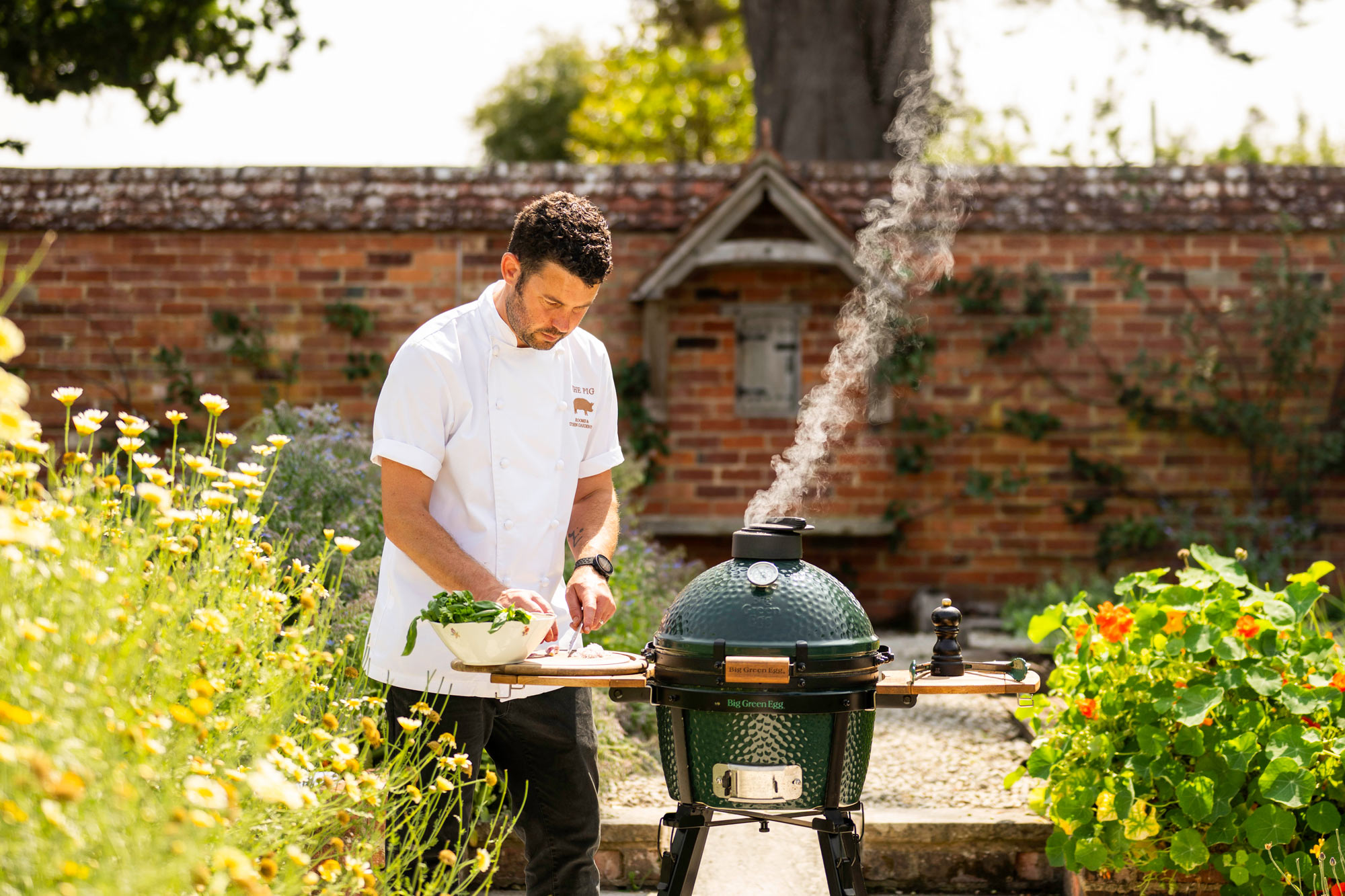
When you started, there was just one Pig. Now there are 10 hotels with more in pipeline. How have you managed to expand so quickly without compromising on the original ethos?
There are lots of people here who have been on that entire journey. There’s myself, Camille, who’s my number two, and Lex, who now oversees our apprentices and pastry. We’ve got other people across the rest of the business who’ve also been here a long time, so our ethos is really interwoven into the hotels. We’re very good at promoting from within and nurturing the next generation of talent. I think we’ve figured out how you can replicate what you do but without losing the character of each location, with everyone having their own unique twist. Partly, that’s about having small-scale local suppliers and local connections – the local honey guy in his 70s, who drops it off from the back of his car. It’s not just picking up a phone from a wholesaler and getting everything from one place.
Taking account for the differences in suppliers and individual chefs, what are the common threads that run through your kitchens?
It’s simplicity, it’s quality of ingredients. It’s a walled garden. It’s not faffing with anything too much, nothing overly cheffy or pretentious. It’s letting great ingredients from the garden speak for themselves. If you buy tomatoes from the supermarket that were picked a week early because they have to ripen on the shelves, you’re going to have to dress them up a bit to make them taste good. But if you’ve grown your own tomatoes and they’ve ripened in the sun, they’re so sweet, so juicy, so delicious, why do anything else to them? Just let the ingredients speak for themselves.
The changing seasons must lead to a constant variation on your menus.
The menus are constantly moving, constantly evolving, depending on what the chefs can get from the garden, from the local farms, or what the boats are bringing in. It doesn’t make my life any easier, because I have to keep an eye on 10 menus, but it’s what we’ve always done. You can go from one Pig to the next, and you will recognise that it’s The Pig but it’ll never be exactly the same. There’s crossover in some of the flavours and ingredients, and it’s the same style of cooking, but it’s not necessarily executed the same.
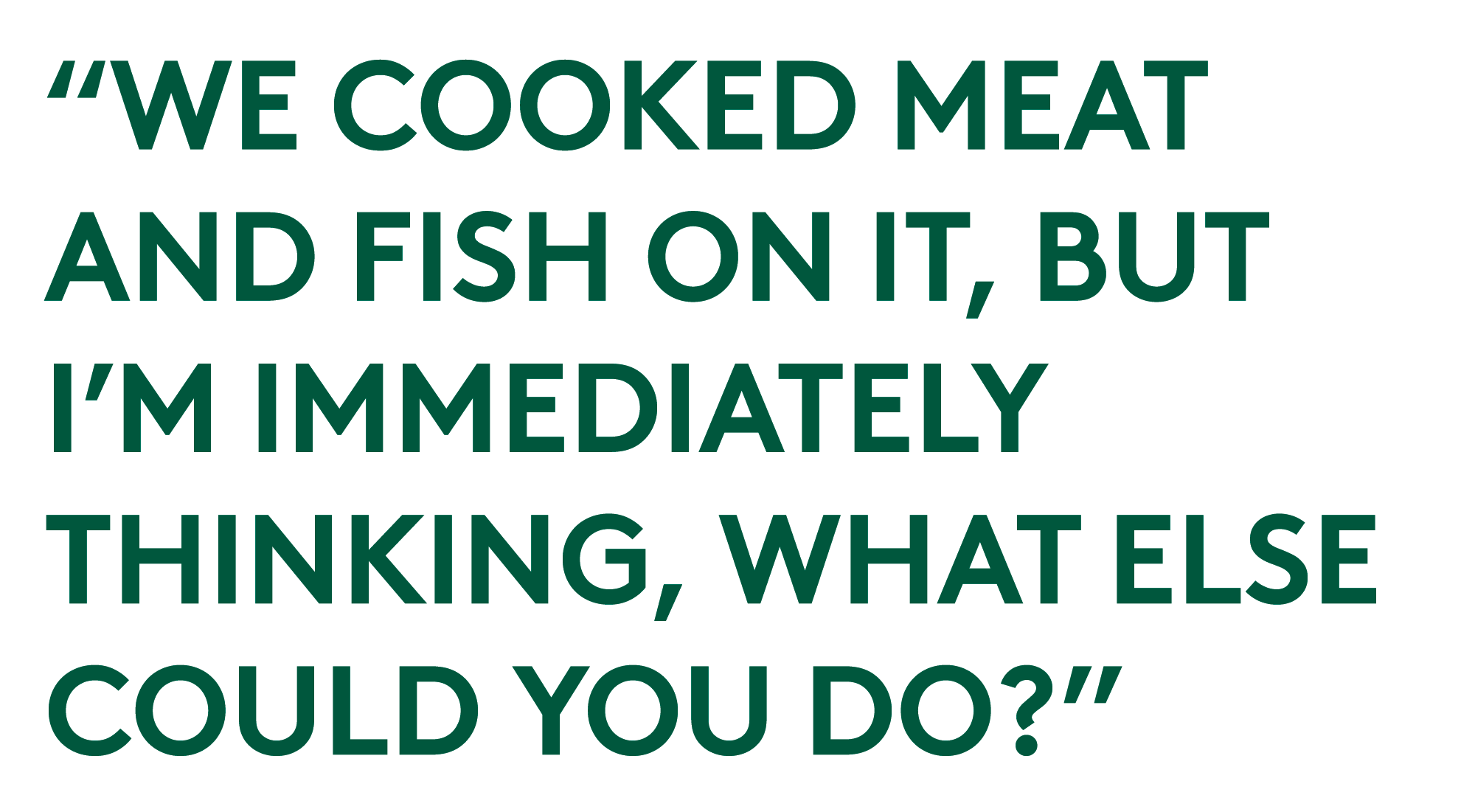
How do you approach sourcing ingredients that you can’t produce yourselves?
We work to a 25-mile menu – up to about 80 percent of the ingredients will be sourced from within that area. Obviously, there will always be some exceptions. With sites that are local to the coast, we’re working with the local boats, but not all of our sites are that close to the sea. And no one’s growing chocolate or lemons locally. But we still try to be as sustainable as possible, so making sure that the chocolate we use has direct links to the farms and pays a fair price to the farmers. We’re really just trying to be conscious of where things are sourced from.
What made you think Big Green Eggs would be a good addition to your hotels?
We’ve always had that ethos of not messing around with ingredients, leaving them as nature intended, and the Big Green Egg works perfectly with that kind of cooking. We felt that if we brought some of the EGGs to our outdoor areas, it would give us an extra offering, a different element that was still very on-brand. They hold the temperature really well and they burn for such a long time. Within that cooking space, you can really maintain the moisture in the food, and the flavour from the charcoal is amazing. It really is a great tool to have as a secondary cooking space. We’ve spent this summer getting to know them, but it’s given us a real foundation. Come next year, we’re going to be able to write our menus with the EGGs in mind and utilise them better and more. It’s going to be an extra string to the bow.
You were one of the first people in England to try out the new Rotisserie 2.0. What struck you about it?
Just the ease of use. Also the size – for us in a professional setting, it’s big enough to do something for a good amount of people, but you could also scale it down for a family of four. It’s very multi-purpose in that it’s suitable for so many different things. We cooked meat and fish on it, but I’m immediately thinking, what else could you do? There are vegetables from the garden that will definitely work. I actually tried doing a rotisseried courgette, because I thought that would be quite fun, but it didn’t really work. It’s all trial and error for me at this stage, but I love that!
